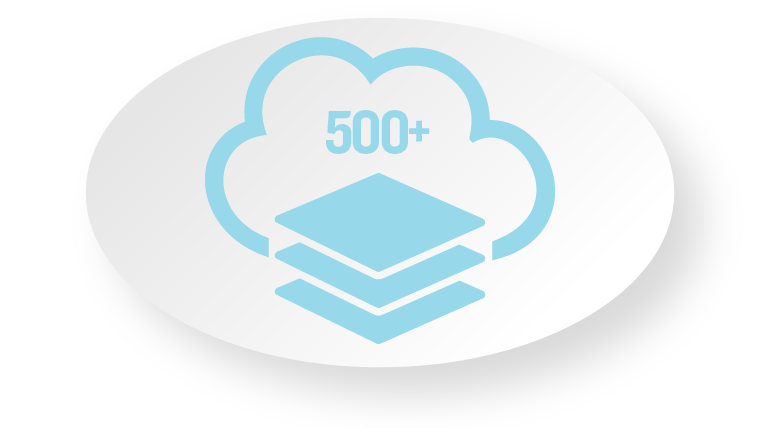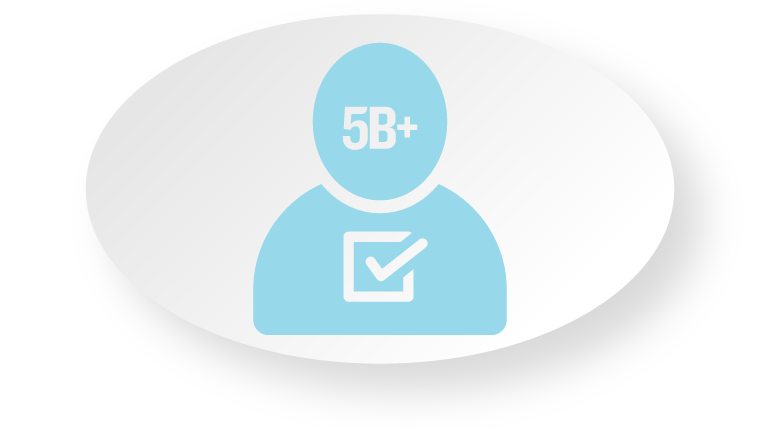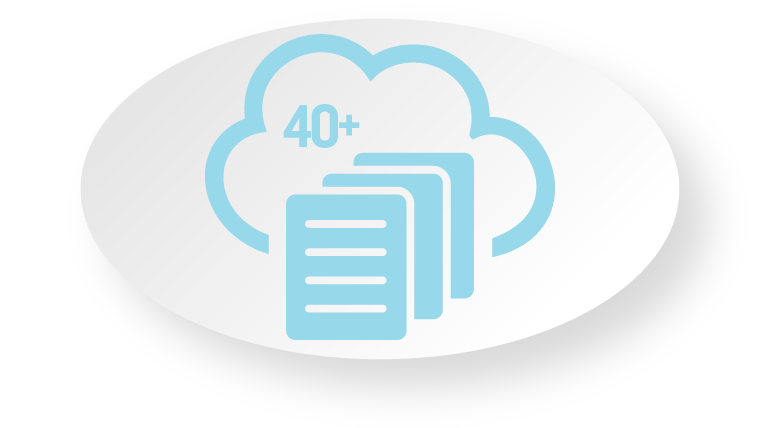Beyond tackling the engineering challenge of building and launching a FedRAMP-compliant cloud environment that integrated seamlessly with Treasury’s on-premises network, Booz Allen became a true partner in making the cloud environment viable, sustainable, and successful. Our team took on multiple roles beyond managed service provider—delivering expertise in system integration, network engineering, identity and access management, stakeholder engagement, security and compliance, acquisition, and other areas common to federal clients migrating to the cloud.
“It’s important to look at the full spectrum of cloud implementation—not just the technology, but the people and processes,” says Delie Minaie, IT program manager. “Finding a provider who can physically set up your cloud is easy. But if you factor in areas from network connectivity and data protection to service level agreements, diverse stakeholder needs, and federation, it becomes very complex, very fast.”
She explained that all moving pieces need to be unified to work towards the mission. “This requires not only strong leadership from the provider but equally strong sponsorship at the highest levels of a partner agency.”
Accordingly, we worked to understand the needs of associated Treasury bureaus and demonstrate to them how moving their IT assets to the Treasury-owned WC2-H cloud environment would further their long-term mission. And after an organization decided to migrate its IT assets into the federated WC2 environment, we ensured buy-in from key stakeholders in cybersecurity, infrastructure, and IT strategy who could champion the transition.
In addition, Booz Allen conducted critical design sessions promoting collaboration among OCIO divisions regarding requirements and design considerations such as identity management, network elements, and DevSecOps. This ensured stakeholders from both Treasury and partner agencies understood their roles in the continued security and operational flow for the platform.









